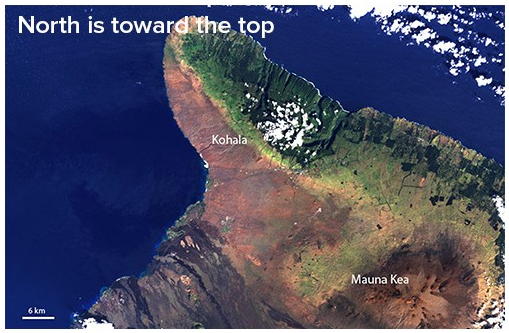The forecasts of world population growth made by population modelers Pearl and Gould in 1936 contrasted greatly with that of Meadows and Meadows made in 1972. Since all models are based on specific assumptions, explain the major differences in
assumptions between these two models. Also include the major characteristics of the current UN population growth forecast.
What will be an ideal response?
Pearl and Gould's model was based on the very limited data available in the 1930s. This was a time of widespread economic depression, and demographers assumed that worldwide poverty would continue, decreasing birth rates and increasing death rates. Their model argued for a slowing global population growth and estimated the world carrying capacity at 2.6 billion. However, following World War II, high birth rates and declining death rates were experienced for the next several decades, and Meadows and Meadows predicted a world population surpassing 7.4 billion by the year 2000, and 15 billion people by 2050. Their model was based on the assumption that the birth rates and death rates of the 1960s would continue. The UN prediction is somewhere between these two estimates, predicting an ever-decreasing population growth rate, as people in many developing countries begin having children later in life and fewer children. The United Nations forecasts a world population reaching approximately 9.3 billion by the year 2050.
You might also like to view...
The environmental determinism model holds that nature is molded and controlled by human societies
Indicate whether this statement is true or false.
What is the predominant wind direction that results in the rain shadow observed in this picture from one of the Hawaiian Islands?

A) Southwest
B) Southeast
C) Northwest
D) Northeast
Pesticides blown from agricultural lands into the air is an example of ____________________ pollution
Fill in the blanks with correct word
A recent study has revealed that chlorinated solvents, gasoline, and radioactive compounds have become significant pollutants in ________ from ________
A) deep ocean currents; discharges from dams into coastal waters B) coral reefs; discharge from nuclear power plants C) mangrove swamps; oil tanker spills D) groundwater; leaking storage tanks E) estuaries; fishing boats